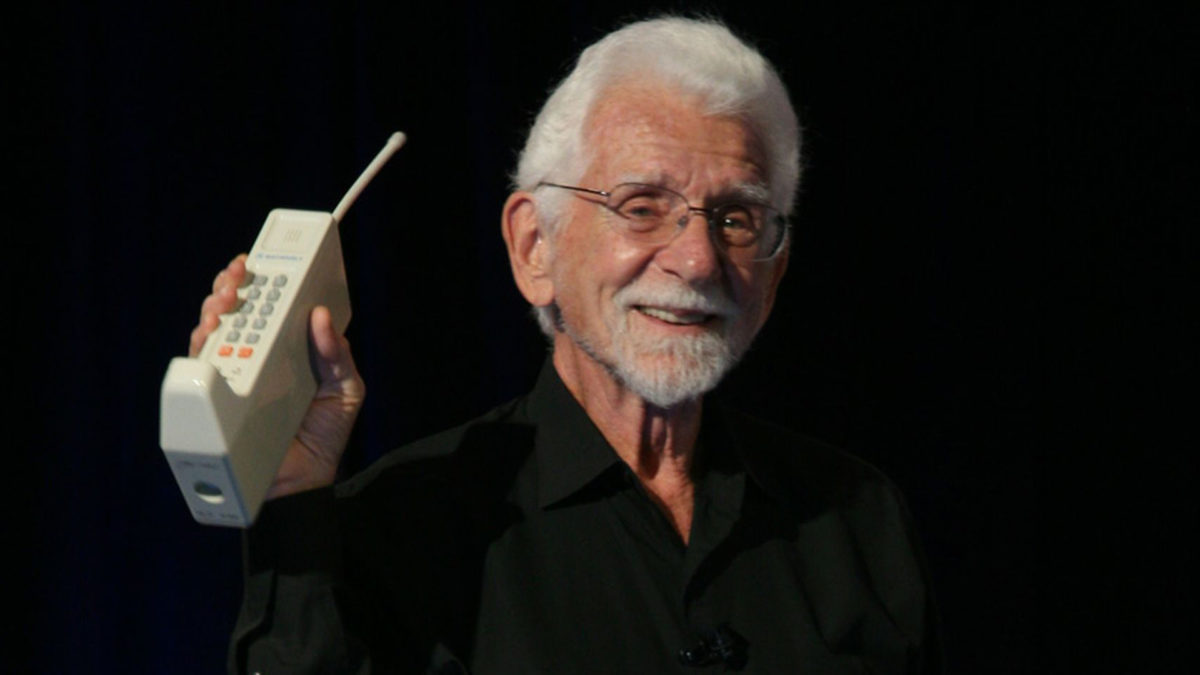Frontlist | Book Review: The Ventilator Project—a nod to Indian innovation in times of a global crisis
Frontlist | Book Review: The Ventilator Project—a nod to Indian innovation in times of a global crisison Mar 15, 2021

The book tells the story of how in 90 days a startup, assisted by an IIT-Kanpur team, built an affordable but high-quality ventilator. It offers insights into technology, creativity and empathy that went into making a world-class product.
Srikant Sastri and Amitabha Bandyopadhyay’s The Ventilator Project (2021) is an inspiring book about local innovation during a global crisis. Published by Macmillan, it tells the story of how Nocca Robotics –a startup founded by Nikhil Kurele and Harshit Rathore– built affordable and high-quality ventilators during the lockdown imposed to curb the spread of the coronavirus. They were assisted by a task force called the IIT-Kanpur Ventilator Consortium, comprising senior mentors. The authors were the project leads. In the foreword, Abhay Karandikar, Director, IIT-Kanpur, writes, “Within 90 days, the impossible was achieved. A world-class ventilator with many advanced features, and Internet of Things (IoT)-enabled control was being tested in an ICU setting by intensivists after less than three months of intense efforts… The Ministry of Electronics and Information Technology and the Cabinet Secretariat of the Government of India acted on our request and helped with the sourcing of components.”Playbook for innovation
How did constraints enable creativity? The authors highlight the agility shown by corporates, banks as well as the government funding agencies they worked with. While being rigorous in their evaluations, these organisations were also cognisant of the fact that the pandemic required them to be flexible. Apart from being reachable outside their nine-to-five schedules, they helped with customs clearance of components. Sastri and Bandyopadhyay say that the pandemic led to “unprecedented solutions and initiatives” and “empathy.” The knowledge shared in this book would be of value to startup founders, product designers, engineers, doctors as well as public health professionals. The language is fairly technical, so it is likely to appeal mainly to readers who are already familiar with the vocabulary and to readers who are willing to make the effort. That said, the authors do summarise key takeaways at the end of each chapter in an easy-to-understand manner. That is helpful because this is not an academic book and its job is to communicate to a wider readership. The Ventilator Project has 25 chapters. It has been divided into two sections: The Ninety-Day Saga, and Big Hopes for the Future. Before getting into the main story, the authors offer a timeline. It gives readers the big picture so that they can attend to the finer details with an understanding of how each piece fits in. The purpose, components and working of a ventilator are also diligently explained in the essay “A Ventilator Primer” authored in collaboration with Dr Prachee Sathe, Dr Deepak Padmanabhan and Tushar Agarwal.
Starter kit
People who want to initiate such projects will benefit from the detailed commentary about how technology was used for collaboration between team members scattered across different locations. Apart from daily Zoom calls, they relied on WhatsApp, email and phone calls. They did not invest in any sophisticated project management tools. Sastri and Bandyopadhyay write, “Except for the founders flying in twice from Pune to Delhi to show a demo to the government’s approval committee, members took no other flights.” The lessons learnt from this collaboration are highlighted in the form of a “starter kit” that readers can use. Here is an example given by the authors: “Besides formal meetings, make sure that there is plenty of time left for informal interactions among the members. When people let their hair down, they are likely to be more open with ideas.” Must Read - Chaos Walking: 7 Big Differences Between The Book And The Movie The Gothic books that are channelling our fears Fiction for older children Getting to know each other was important for the team because members were from varying age groups. They had different skill sets, personal backgrounds, working styles and sleep schedules. The book does not paint a rosy and uncritical picture. It also addresses the significant challenges that emerged when the ventilator design went through three different iterations in keeping with the changing requirements of the health and family welfare ministry. Though locally available components were prioritised wherever possible, the uncertainty around the availability of vital imported components was unnerving for the team. “There were also times when some key suppliers would suddenly go out of action because their factories had been placed in the ‘Red Zone’ – areas categorized by the government as having a large number of COVID-19 cases – and hence, they needed stricter containment guidelines. Once these areas were sealed off by the civic authorities, no movement was allowed in or out of the area,” Sastri and Bandyopadhyay write.How to price quality?
There was another learning. The Nocca founders wanted to keep their product affordable but they learnt that low pricing created doubts about the quality of the ventilators among buyers. They had to plan how to convince doctors about the quality of their product because Indian-made products are usually considered to be of inferior quality as compared to foreign-made products. This ingrained belief is partly because India has a “casual approach towards good regulatory processes for medical devices”. Such attitudes need to be engaged with if the government wants Make in India to be a success and not just a slogan. Source: moneycontrol.com
Amitabha Bandyopadhyay’s
Book Review
Frontlist Latest news
Frontlist Update
Global crisis
IIT-Kanpur team
Srikant Sastri
Ventilator Project 2021



.jpg)






.jpg)
.jpg)
.jpg)
.jpg)

.jpg)
.jpg)
.jpg)










Sorry! No comment found for this post.